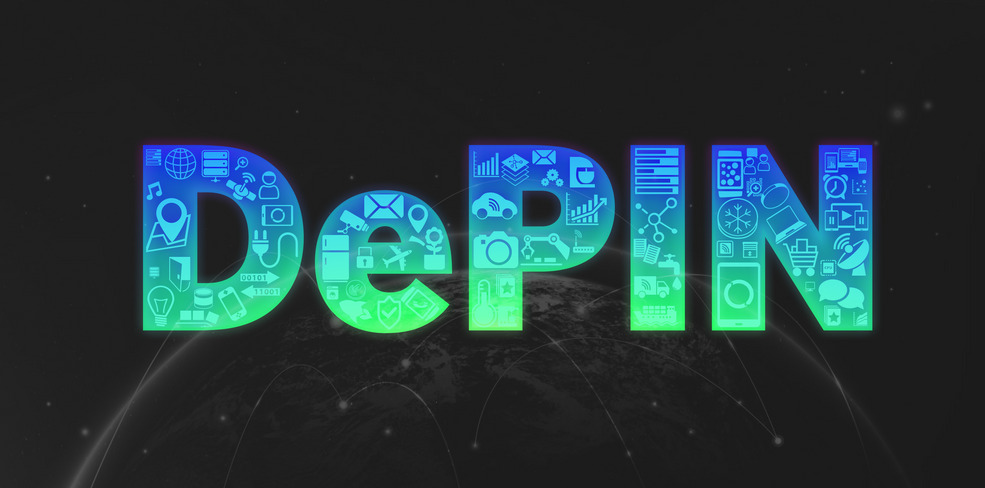Discover the Top 3 DePIN Crypto Projects for 2024: Future Leaders of Decentralized Identity
If you’re on the lookout for the top 3 DePIN crypto projects for 2024, your search ends here. We cut straight to the chase: this article lists and explains the projects leading the forefront of decentralized physical infrastructure, focusing on their potential to innovate and disrupt the sector. Expect a no-frills analysis that covers why these projects are considered the ones to watch.
Key Takeaways
- DePIN projects utilize blockchain technology to create decentralized networks for managing physical infrastructure, resulting in reduced development costs and increased community empowerment, despite facing regulatory and scalability challenges.
- Three DePIN front-runners in 2024—the Render Network, Meson Network, and Peaq Network—are innovating in internet connectivity, bandwidth trading, and real-world application tokenization, with plans for expansion and tackling large transaction volumes.
- DePIN projects focus on scalability, user incentivization, and sustainable solutions, with implications in cloud services and renewable energy. The sector’s growth indicates strong investment potential, with a projected market size of $3.5 trillion by 2028.
Deciphering DePIN: The Future of Infrastructure
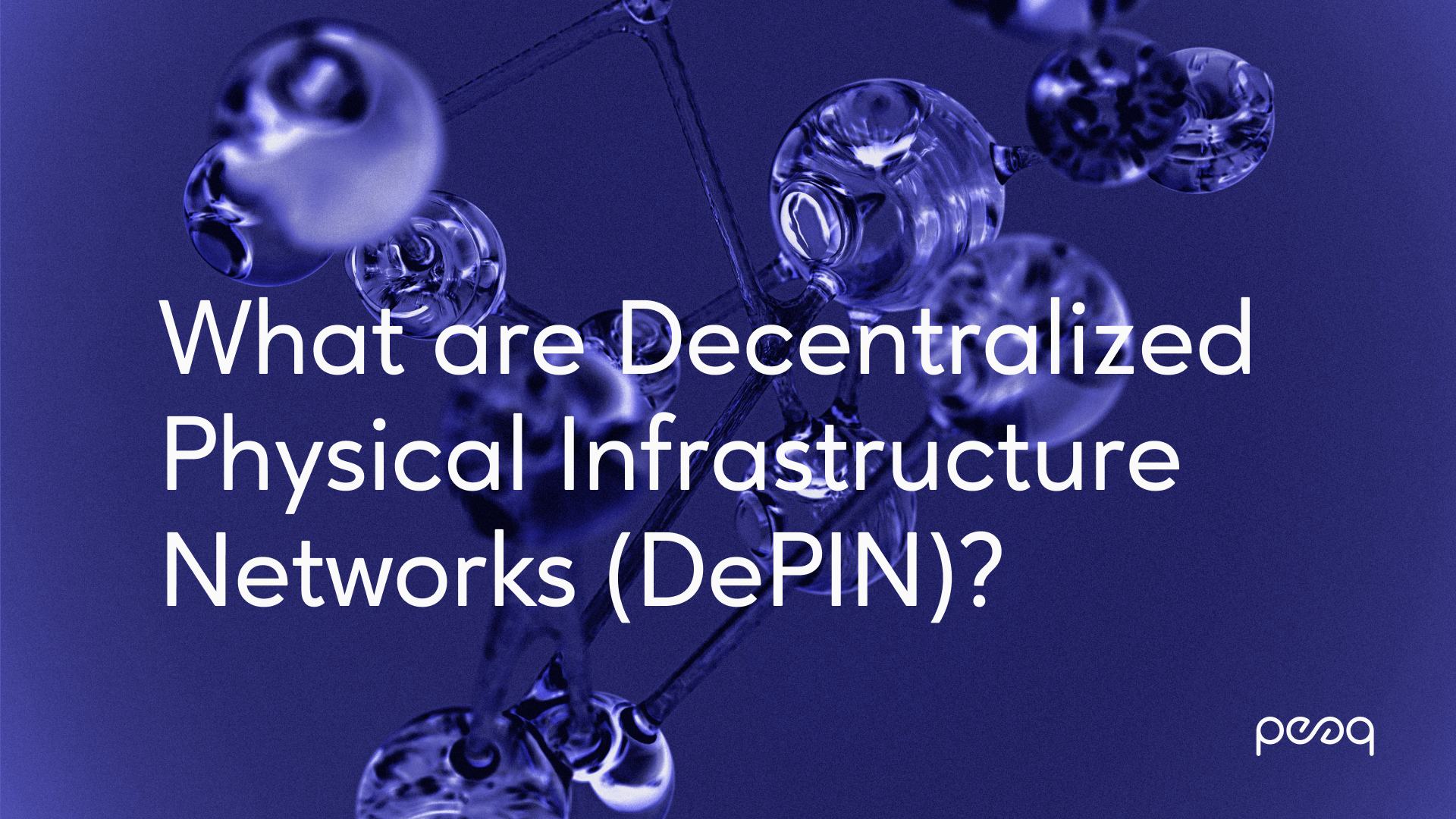
Decentralized Physical Infrastructure Network (DePIN)—what is it exactly? In essence, DePINs combine blockchain technology with physical infrastructure, creating community-managed networks that significantly enhance efficiency and transparency, while simultaneously empowering users in managing infrastructure. The result? A dramatic reduction in developmental and operational costs, thanks to the elimination of central authorities, leading to lower expenses and alleviated resource constraints. This democratizes infrastructure management, allowing communities to actively shape its progress and development within a decentralized infrastructure network, such as a decentralized storage network.
Nevertheless, the path is not always smooth. DePIN initiatives face considerable obstacles such as:
- Regulatory ambiguity
- Scalability dilemmas
- Security vulnerabilities
- User acquisition difficulties
Overcoming these challenges requires a profound understanding of both the physical components (like sensors or wireless hotspots) and wireless networks, as well as software systems based on blockchain.
The Pioneers of DePIN Crypto Projects in 2024
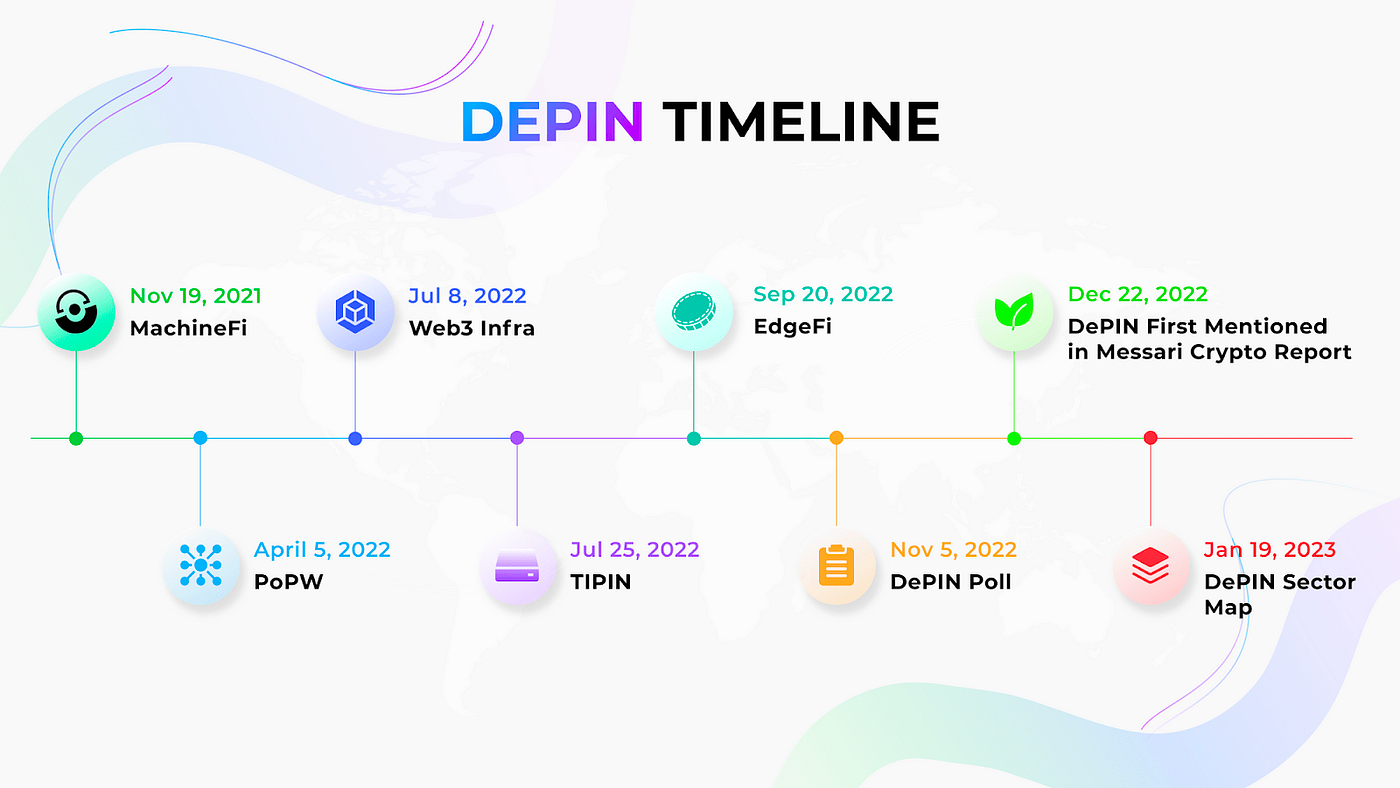
Three pioneers — Render Network, Meson Network, and Peaq Network—are set to make 2024 a pivotal year for the DePIN crypto sector. These trailblazers are revolutionizing internet connectivity, digital intelligence, and real-world applications, respectively, reshaping our understanding of what’s possible with DePIN projects.
Render Network: Decentralized Platform for Internet Connectivity

Shaking up the world of DePIN, Render Network offers a decentralized platform for internet connectivity. This innovative platform enables users to:
- Monetize idle GPU resources in exchange for RNDR tokens, effectively turning personal computers into mini data centers
- Incorporate Ethereum blockchain to manage complex transactions via smart contracts
- Use ORBX packages for digital rights management
As of 2024, the Render Network is expected to incorporate crowd-sourcing 3D projects along with digital rights governance, establishing a marketplace for funding digital insights and implementations. The Render Network’s platform is based on the OTOY operating systems and aims to prevent malicious actors by having GPUs that are idle while not in use are provided to node operators after being manually approved. The Render Token (RNDR) used within the ecosystem has shown significant growth in value, indicating vigorous market activity and investor interest.
Meson Network: Where the digital intelligence finds its home
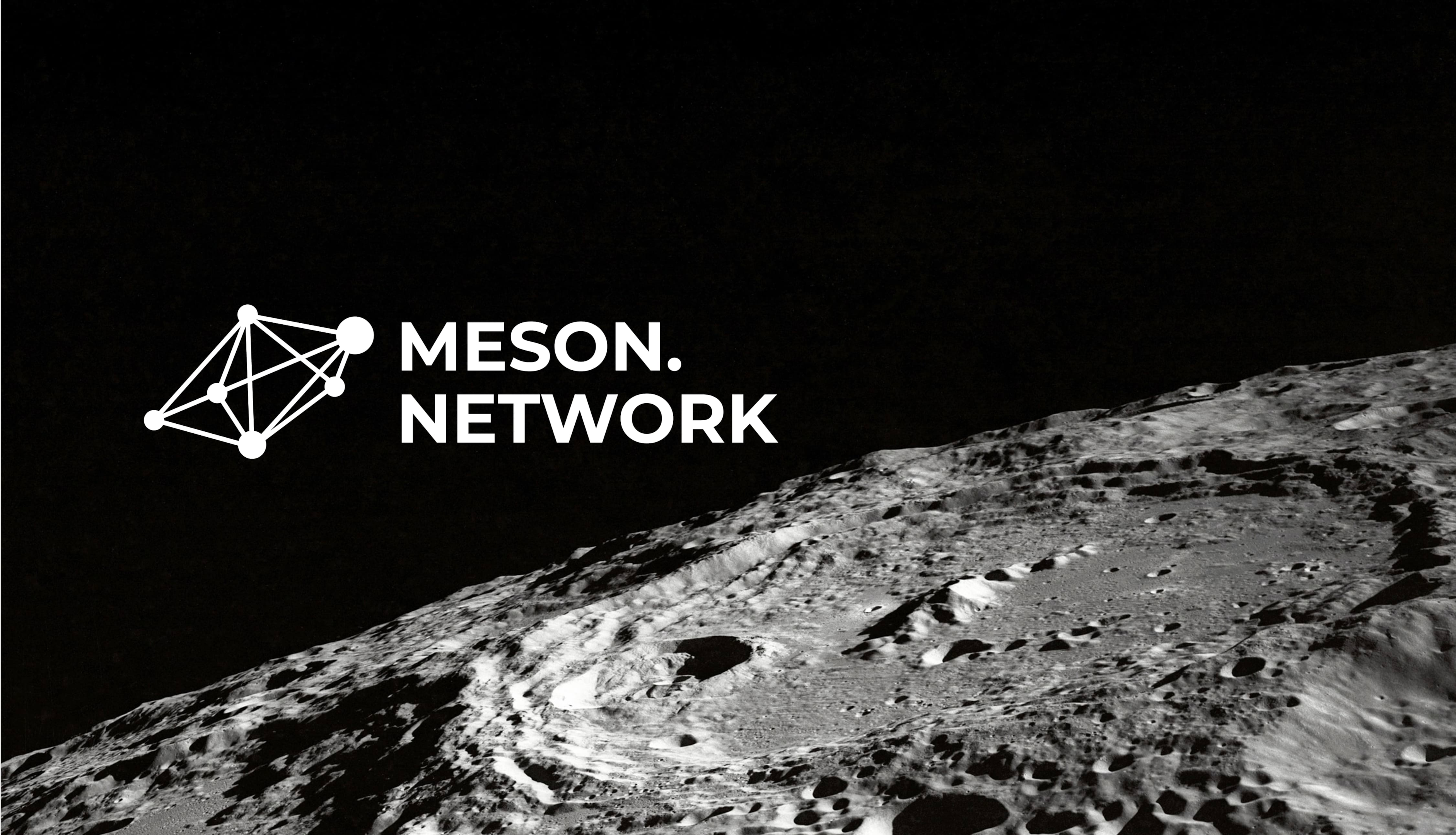
Next, the Meson Network, a DePIN project, presents a bandwidth trading platform constructed on blockchain technology. This platform offers:
- Gathering idle bandwidth (and space) from distributed servers worldwide
- Rewarding bandwidth suppliers with tokens
- Speeding up streaming media
- Offering low-cost solutions
Meson Network aims to:
- Create an efficient bandwidth market on Web3
- Replace traditional manual sales models with a blockchain protocol to monetize idle bandwidth
- Initially focus on the decentralized CDN market
- Expand its services to computing and AI
- Aspire to become the foundation for decentralized storage and data transmission in the Web3 dApp ecosystem
As of 2024, Meson Network has successfully completed its latest round of strategic financing, reaching a valuation of $1 billion and achieving unicorn status.
Peaq Network: Built to power Real-World applications & connected assets
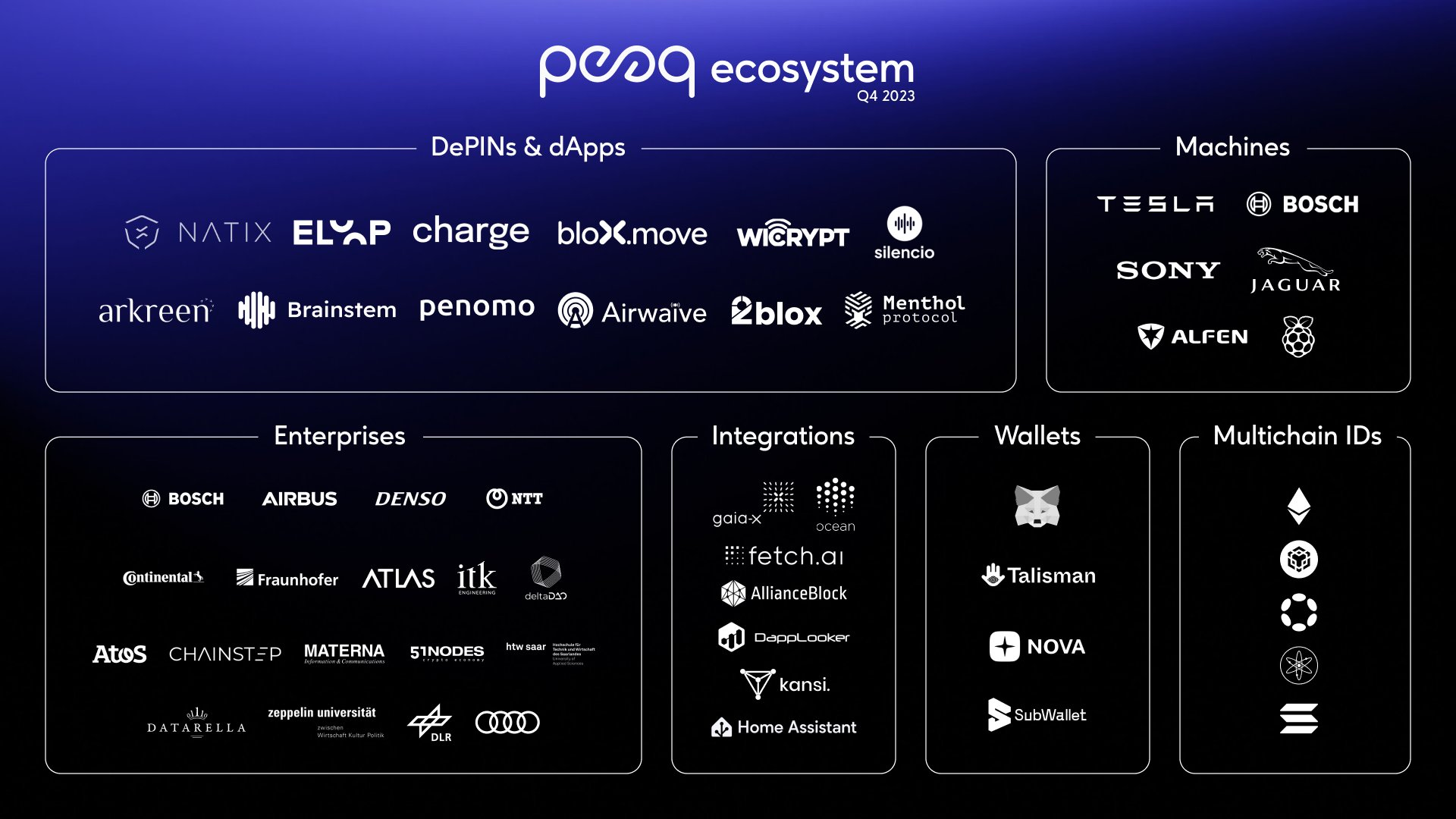
Finally, the Peaq Network embodies a highly decentralized, scalable, and eco-friendly blockchain platform. This platform, acting as a decentralized cloud aggregator, is designed to power and tokenize connected assets and real-world applications.
The Peaq Network is powering a global infrastructure revolution and is set to officially launch its network and token in 2024. By 2024, Peaq Network plans to achieve:
- Scalability beyond 100,000 transactions per second through its Elastic Scaling feature
- Positioning as an extremely scalable platform for real-world applications
- An environmentally friendly blockchain architecture that aligns with the growing demand for sustainable technology solutions within the Web3 space.
Technological Innovation Behind the Top DePIN Projects
The success of these top DePIN projects is propelled by the employment of blockchain technology and smart contracts in decentralized storage solutions. These technologies coordinate transactions between hardware operators and end-users, ensuring transparency and security.
The blockchain technology in DePIN projects provides a level of transparency that allows for easy tracking of contributions and rewards, preventing conflicts between network participants.
Scalability and Security: The Tech Foundations
The design of DePIN projects for scalability and flexibility is a critical element in network infrastructure. These networks can:
- Expand and incorporate new nodes or technologies efficiently
- Ensure resilience and uninterrupted services by distributing functions across multiple nodes
- Allow for the rerouting of tasks in case of disruptions
In terms of security, DePINs secure data across numerous nodes using cryptographic proofs and distributed validators to maintain a secure and decentralized validation process. Solana’s single-layer architecture and hybrid consensus model, which combines Proof-of-History and Proof-of-Stake, address scalability and security needs in DePIN projects.
User-Centric Models: Incentivization and Participation
Promoting global user participation, DePIN projects are heralding a transition from centralized models to decentralized ones, diminishing dependence on large entities. This shift enhances data sovereignty and user ownership, giving users more control over their data. Token economy models used by DePIN projects reward users with tokens for their contributions, attracting supply-side participants, and contributing to network growth and robustness.
These projects aim to lower business thresholds and eliminate inefficiencies by incentivizing the reuse of idle resources and adopting staking and collateral mechanisms. These mechanisms motivate long-term user engagement and network sustainability, driving the success and growth of DePIN projects.
Impact and Applications: Where DePIN Projects Are Making Waves

DePIN projects are having a monumental impact. Projects like Rowan Energy and Storj are making significant strides in renewable energy and cloud services, respectively. They are reshaping traditional industries and promoting sustainability, with Rowan Energy incentivizing homeowners to distribute renewable energy and Storj committing to offsetting 97.83% of their total calculated CO2 emissions.
Cloud Services Reimagined: Storj’s Market Disruption
Storj stands as a prime example of a DePIN project that breaks through the status quo. This project is reimagining data storage, including file storage, and cloud services, demonstrating a commitment to sustainability that other providers should take note of. By utilizing unused storage space, Storj has proactively offset 97.83% of their total calculated CO2 emissions, making a significant impact in the fight against climate change.
This commitment to sustainability is not just a publicity stunt; it’s an integral part of Storj’s business model. By taking tangible actions to reduce their carbon footprint, Storj is solidifying its place as a leader in the sustainable cloud services market. Their approach serves as a beacon for other companies, proving that profitability and sustainability can go hand in hand in the cloud services sector.
Investment Insights: DePIN Projects and Market Capitalization

Viewed from an investment perspective, the DePIN market is thriving. The collective market cap of DePIN projects has surpassed $20 billion, with significant annualized on-chain revenue, indicating the sector’s growth and economic viability. Tokens in DePIN projects act as economic incentives, similar to stocks, that can appreciate in value if the project is successful, while the success of these projects also hinges on a robust strategy for generating supply and demand.
Projections: The DePIN Market Post-2024
The DePIN market exhibits promising growth prospects for the future. Experts project an expansion to a market size of $3.5 trillion by 2028, hinting at a prosperous future for the sector. Price projections for DEAPcoin, a prominent DePIN market participant, show long-term growth with estimates reaching up to $0.8159 by 2040 and possibly $1.15 by 2050.
These projections suggest a positive trend for the DePIN market’s future post-2024, shifting from a bearish to a bullish crypto market. However, investors are advised to consider genuine demand for DePIN projects, beyond speculative interest, as an indicator of long-term viability and real-world impact.
Navigating the DePIN Landscape: User Guide
A proactive approach is needed to successfully engage with DePIN projects. Stakeholders must research, invest in, and actively participate in the community, while developers can create value-added services on DePIN networks.
Blockchain technology enables secure peer-to-peer payments, granting network participants direct access to Web3 tools, decentralized finance (DeFi), and a decentralized marketplace for various revenue streams.
Getting Started with DePIN Crypto Projects
If you’re prepared to delve into the world of DePIN projects, conducting comprehensive research before investing is vital. This includes understanding the project’s vision, team, technology, and roadmap, and actively participating in the community. Individuals can contribute to DePIN networks by investing in or lending hardware, enabling them to connect to the network and earn token rewards.
Developers have a unique opportunity to create value-added services on DePIN networks. By collaborating with data providers, they can utilize provided data and APIs to innovate and monetize their applications, driving the growth and success of their projects through infrastructure services.
Maximizing Rewards: Tips for Node Operators
The prospect of becoming a node operator in a DePIN project, which utilizes token incentivized physical networks, is alluring. Node operators can earn rewards in the form of project-specific tokens. For instance, the Storj network uses STORJ tokens for transactions and rewards within its network, and the Render Network offers Render Tokens (RNDR) for providing rendering services.
To maximize rewards, node operators should focus on enhancing their contributions based on the project’s demand in terms of geographic location, productivity, and quality. These factors are often recognized and rewarded by dynamic incentive systems, providing node operators with a lucrative opportunity to contribute to the growth and success of DePIN projects.
Summary
In conclusion, DePIN projects are redefining the way we interact with physical infrastructure. By leveraging blockchain technology, these projects are enhancing efficiency, transparency, and user empowerment, all while reducing costs. The pioneers of DePIN projects—Render Network, Meson Network, and Peaq Network—are leading the charge, revolutionizing internet connectivity, digital intelligence, and real-world applications. With a collective market cap of over $20 billion and projected growth to a market size of $3.5 trillion by 2028, the future of DePIN projects looks bright. So, why not dive in and become part of this revolution?
Frequently Asked Questions
What is the best crypto to skyrocket in 2024?
Consider top cryptocurrencies with strong potential for growth in 2024. Evaluate their market performance and future prospects before investing.
What are DePIN projects?
DePIN projects are decentralized, blockchain-based initiatives that use a token incentive approach to develop and upkeep physical infrastructure such as power grids, file sharing, cloud networks, mobility networks, and wireless networks.
What is a Decentralized Physical Infrastructure Network (DePIN)?
A Decentralized Physical Infrastructure Network (DePIN) combines blockchain technology with physical infrastructure to create community-managed networks, enhancing efficiency, transparency, and user empowerment in infrastructure management.
How can I invest in a DePIN project?
Before investing in a DePIN project, thoroughly research the project’s vision, team, technology, and roadmap, and actively participate in the community. Individuals can contribute to DePIN networks by investing in or lending hardware, enabling them to connect to the network and earn token rewards.

